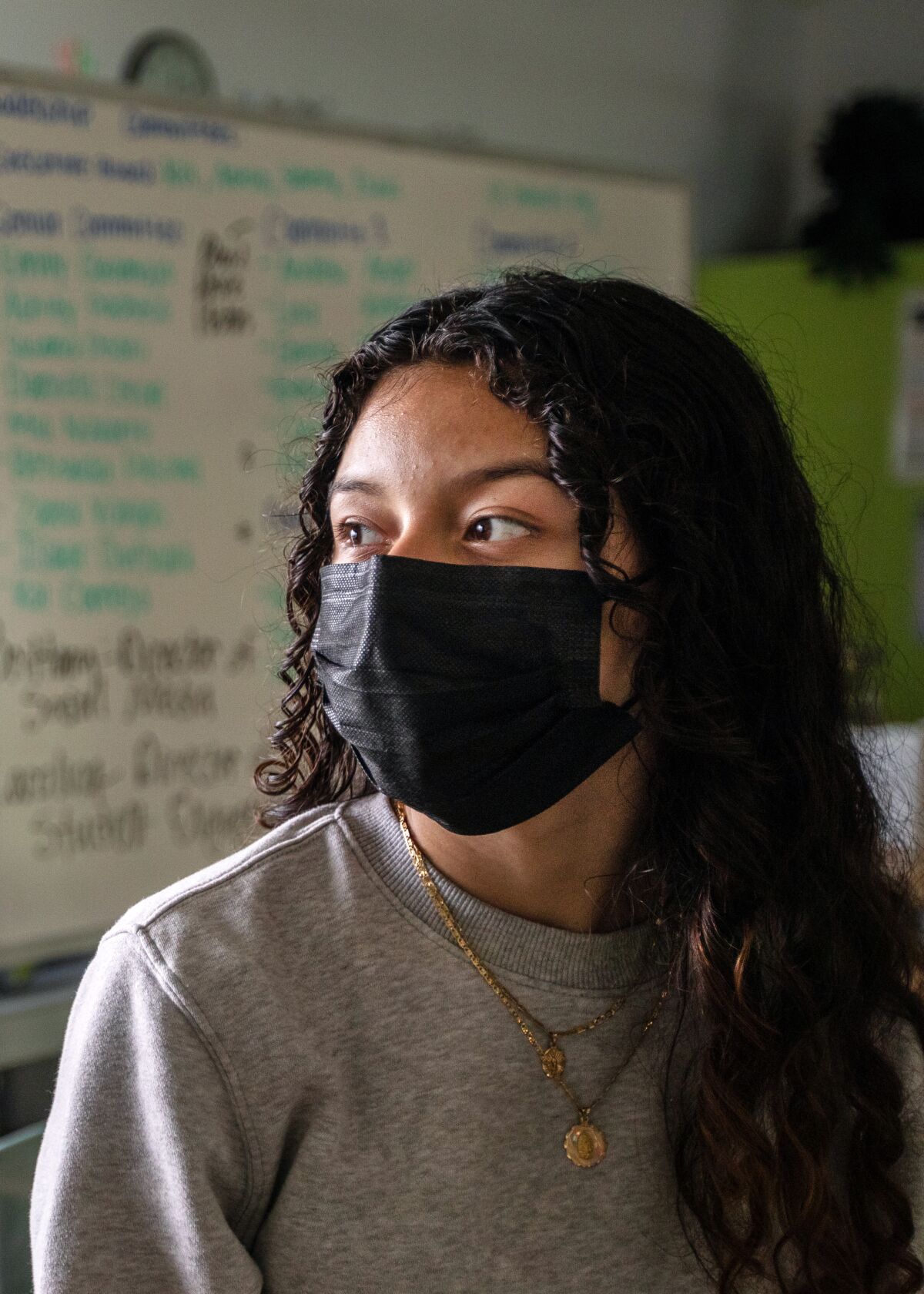Deprecated: Automatic conversion of false to array is deprecated in /home/u164338858/domains/areyoupop.com/public_html/wp-content/plugins/gs-facebook-comments/public/class-wpfc-public.php on line 258

In the last 48 hours, Jonathan Cornejo achieved what had seemed impossible.
He committed to UC San Diego.
The 17-year-old senior at West Adams Preparatory High School had dreamed of attending the University of California campus ever since middle school, when he first saw brochures of the beautiful grounds and then learned about its strong science programs.
He knew little about college preparation. His mother, a single parent from El Salvador, didn’t know how to help him; she left high school after ninth grade. But she always encouraged him to work hard in school and pursue his dreams. So he did.
As a freshman he bombed his first Advanced Placement class — Spanish — even though he speaks the language. But he steadily improved his grades, earning A’s and Bs in honors English, algebra and chemistry as a sophomore. Then earning A’s in more AP courses — Spanish literature, biology, U.S. history, government and politics. His 4.0 GPA, earned while serving as student body president and yearbook editor in chief, helped him earn admission to the top-rated UC San Diego.
But as the May 1 college commitment day approached, Jonathan was on the verge of declining the offer. He had decided to attend community college instead. Although his financial aid package offered $29,265 in grants — a federal Pell Grant, a Cal Grant and a $10,368 institutional grant from UC San Diego — he faced a $4,000 shortfall in covering the mandatory tuition, room and board expenses.
His mother, who works from 9 a.m. to 11 p.m. most days in two jobs as a low-wage restaurant cook, couldn’t help him. His own income as a part-time Starbucks barista wouldn’t be enough. They didn’t want to take out loans that would financially squeeze them even more. He was disappointed — even admitted to crying — over his inability to afford his dream school, but told himself he would make the best of it.
Then, everything changed. The Times wrote about his plight, which reflects the struggle of thousands of the state’s poorest students who are admitted to UC, but instead choose community colleges or California State University in part because of financial shortfalls. The other public higher education systems are more cost-effective alternatives, with many top-notch instructors and rich educational programs, but have considerably lower completion rates than UC.
Offers of aid poured in. The high school was deluged with calls. Times readers asked how they could help.
“There is something about that perseverance and tenacity that is inspiring,” one reader wrote. “With respect to Jonathan, he has worked tremendously hard in school, works at Starbucks, does not have a father in his life, and his mother holds two jobs. Despite the setbacks he pushes on and perseveres. He is the type of person you want to root for in life. That is what caused me (and I am sure many others) to donate to him, despite having never met him.”

Emily Gramajo, a student at West Adams Preparatory High School.
(Francine Orr/Los Angeles Times)
With so many offers of aid, Jonathan’s school counselor, Jacqueline Villatoro, helped set up GoFundMe pages for him and his classmate, Emily Gramajo. Emily had also decided to attend a community college because she couldn’t afford to accept her admission offer from her dream school, Cal State Northridge — but committed to the university this week after donors stepped up.
“Jonathan is someone who always wanted to do his best to take advantage of the sacrifices his mother made for him,” Villatoro said. “But his story is not alone. A lot of our students at West Adams are in his situation. There are so many others who could use additional help.”
So far, donors have raised thousands of dollars for the two students. One nonprofit started by the late Episcopal Bishop Jon Bruno, Hands in Healing, has awarded Jonathan a $10,000 grant. In his interview this week with the scholarship committee, he described his passion for science and desire to help people as a doctor after a close relative died of cancer some years ago. When committee chair Mary Bruno announced they would award the grant — and would consider renewing it if he kept up his academic progress — Jonathan’s face broke into a huge grin.
“I am so grateful!” he said.
UC President Michael V. Drake, asked about Jonathan and needy students like him at a state Senate committee hearing Thursday, said that UC was stepping up financial aid support and could usually find a way to help close affordability gaps.
Sometimes, he said, it was a matter of university officials not initially making the right connections with students to let them know how they could afford to attend UC. He told committee members that UC San Diego officials had contacted Jonathan and he was able to commit to the campus.
“Overwhelmingly, we can find an answer,” Drake said.
Jonathan said he is astonished that so many people he had never met were willing to help him finance his college education. Late Tuesday, he made his decision. He went to his UC San Diego applicant portal — and accepted the admission offer.
“I felt like all of these people were supporting me to go after my dream,” Jonathan said. “I didn’t want to let them down.”
